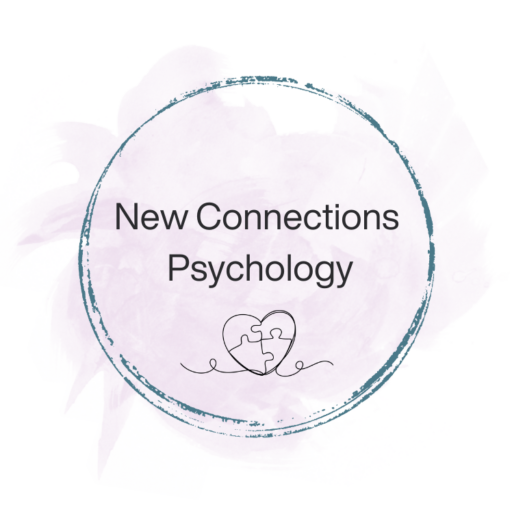Introduction
In today’s fast-paced world, managing mental health issues has become increasingly important. With the rise in stress, anxiety, and depression, finding effective therapeutic techniques has become crucial. One such approach that has gained widespread recognition is Cognitive Behavioural Therapy (CBT). CBT is a widely used evidence-based therapeutic technique that focuses on identifying and changing negative thought patterns and behaviours. In this blog post, we will explore the core principles of CBT and discuss various techniques that can be applied to manage a range of mental health issues.
Understanding Cognitive Behavioural Therapy
CBT is based on the concept that our thoughts, emotions, and behaviours are interconnected. Negative thought patterns can lead to distressing emotions and unhealthy behaviours. CBT techniques aim to break this cycle by identifying and challenging these negative thoughts, thereby promoting emotional regulation and positive Behavioural changes.
Core Principles of CBT
- Cognitive Restructuring: One of the fundamental principles of CBT is cognitive restructuring. This technique involves identifying negative thought patterns and replacing them with positive and realistic thoughts. By challenging irrational beliefs, individuals can alter their perceptions of themselves and the world around them.
- Behavioural Activation: Behavioural activation focuses on encouraging individuals to engage in positive and rewarding activities. This technique helps counteract the tendency to withdraw from social interactions and pleasurable experiences, common in conditions like depression. By participating in enjoyable activities, individuals can improve their mood and overall well-being.
- Exposure Therapy: Exposure therapy is often used to treat anxiety disorders, including phobias and obsessive-compulsive disorder. This technique involves gradual and controlled exposure to feared situations, allowing individuals to confront their fears and reduce anxiety over time.
- Mindfulness and Relaxation Techniques: CBT incorporates mindfulness and relaxation exercises to help individuals stay grounded in the present moment. Mindfulness techniques, such as deep breathing and meditation, promote relaxation and reduce stress. By practicing mindfulness, individuals can gain better control over their thoughts and emotions.
CBT Techniques for Managing Mental Health Issues
- Anxiety Disorders:
– Worry Time: Designating a specific time of the day to address worries can prevent them from intruding into daily activities.
– Progressive Muscle Relaxation: This technique involves tensing and relaxing different muscle groups, reducing physical tension associated with anxiety.
- Depression:
– Behavioural Activation Planning: Creating a schedule of enjoyable activities and setting achievable goals can combat feelings of hopelessness and apathy.
– Positive Self-talk: Encouraging individuals to challenge self-critical thoughts and replace them with positive affirmations can improve self-esteem.
- Obsessive-Compulsive Disorder (OCD):
– Exposure and Response Prevention: Individuals are exposed to situations that trigger obsessions but are prevented from engaging in compulsive rituals. Over time, this reduces the anxiety associated with obsessions.
– Thought Records: Keeping a record of obsessive thoughts and challenging their validity helps individuals gain perspective and reduce anxiety.
- Post-Traumatic Stress Disorder (PTSD):
– Grounding Techniques: Engaging the senses (sight, sound, touch, taste, and smell) in the present moment can help individuals manage flashbacks and dissociation.
– Narrative Exposure Therapy: Guided storytelling helps individuals process traumatic events, gradually reducing the emotional impact.
- Social Anxiety Disorder:
– Role-playing and Social Skills Training: Practicing social interactions in a safe environment can enhance social skills and boost confidence in real-life social situations.
– Cognitive Restructuring for Negative Self-Perception: Challenging negative self-beliefs and replacing them with positive affirmations can reduce social anxiety.
Seeking Help Through Counselling: A Vital Step in Embracing CBT Techniques
While understanding Cognitive Behavioural Therapy (CBT) techniques is valuable, the guidance of a professional counsellor or therapist can significantly enhance the effectiveness of these strategies. Counselling provides a safe and supportive environment where individuals can explore their thoughts, emotions, and behaviours with a trained expert. A skilled therapist can help identify specific cognitive patterns and behaviours that contribute to mental health issues, guiding individuals through the process of cognitive restructuring and Behavioural modification. The expertise of a counsellor is especially crucial in tailoring CBT techniques to the unique needs of everyone, ensuring a personalized and effective approach to managing mental health issues.
Conclusion
Cognitive Behavioural Therapy offers a diverse range of techniques that can be tailored to address various mental health issues. By understanding the core principles and applying these techniques, individuals can effectively manage their thoughts, emotions, and behaviours. Seeking guidance from a trained therapist experienced in CBT can provide personalized support and facilitate the journey toward improved mental well-being. Remember, each person’s experience is unique, so finding the right combination of CBT techniques is essential for a successful therapeutic journey. Embracing the power of CBT can pave the way for a healthier, happier life, free from the constraints of negative thought patterns and behaviours.

